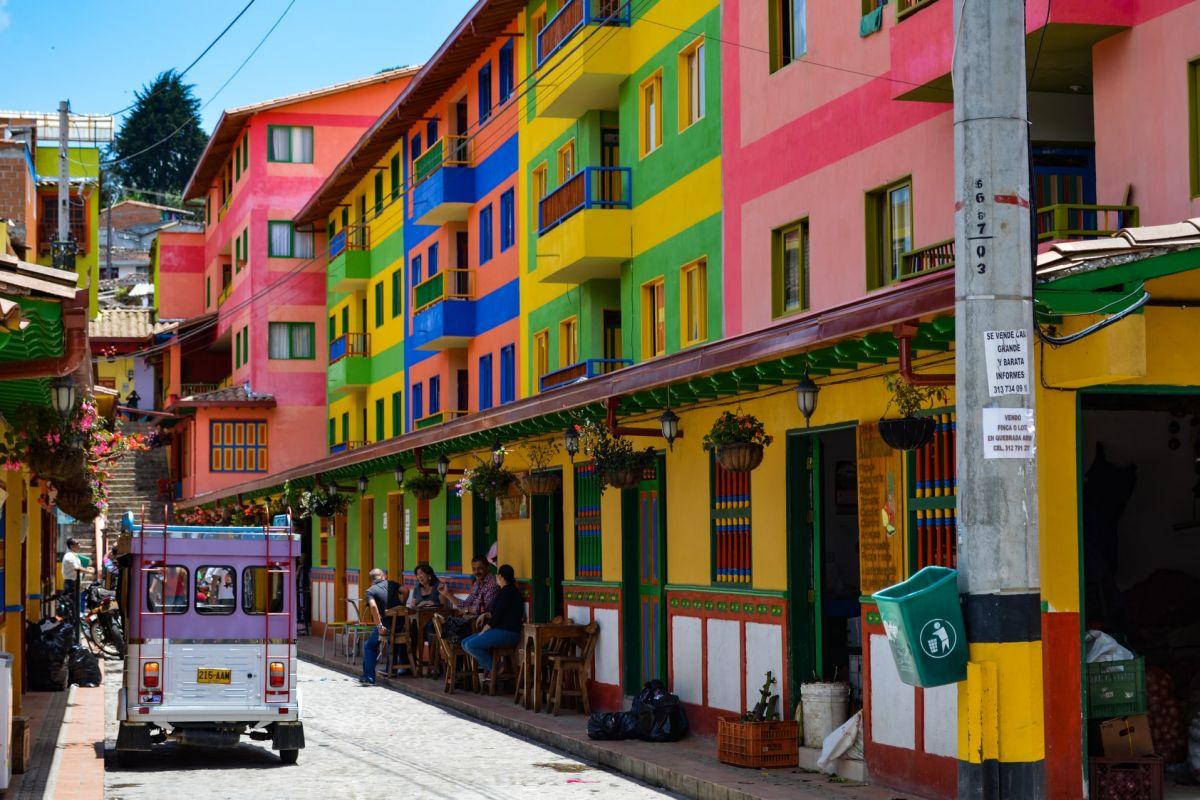42 School Facts – Interesting Facts About Education Around the World
Did you know that becoming a teacher in Finland is very hard? Or that the lunch break in French schools is one of the longest?
Learn more through these 42 interesting school facts from around the world! 🌍 🎓
The Best Facts About School Around The World
No matter the country, the culture, or the religion, education is a key part of society, all around the world.
In fact, there are so many interesting facts about every country’s education system (42 more precisely!) that I decided to gather the best of them in this list. Below are 30 amazing facts about school around the world, and I hope you will love them:
1. In some places in Afghanistan, children just cannot go to school
The high number of Afghan children that are still out of school to this day can be explained by many things.
In many regions, there are just not enough schools, to begin with. Add to this the mountainous areas, lack of transportation, and long walks and you will understand the numbers a bit better.
Read more: Facts about education in Afghanistan
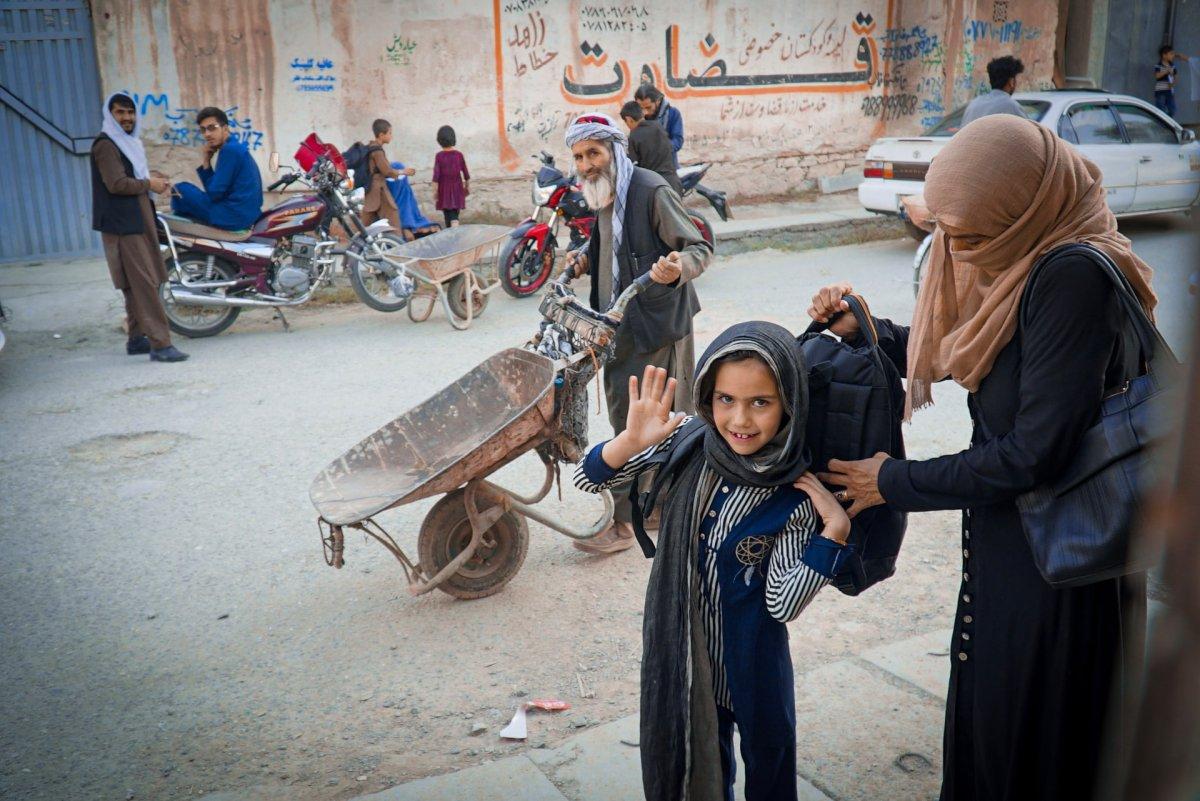
2. People who did not finish secondary education in Brazil are severely underpaid
You could argue that academic degrees’ influence on income is a bit too high in Brazil, but that is how the country works.
If you compare graduates to people who did not finish secondary school, the gap is even larger: the latter earn 5 times less than their counterparts.
3. The Khmer Rouge years were terrible for Cambodian education
From 1975 to 1979, the Khmer Rouge, a radical communist movement, ruled Cambodia. They took control of the country through a guerilla war. Unfortunately, just like many fierce rulers, the Khmer Rouge hurt education a lot, and all had to be built up again afterwards.
4. International students can become permanent residents through their studies in Canada
Almost everywhere in Canada, there are immigration options for international students.
If they choose to follow this path, they can eventually become permanent residents of the country. This is very interesting for many of them if you compare it to other countries where it feels impossible like the United States.
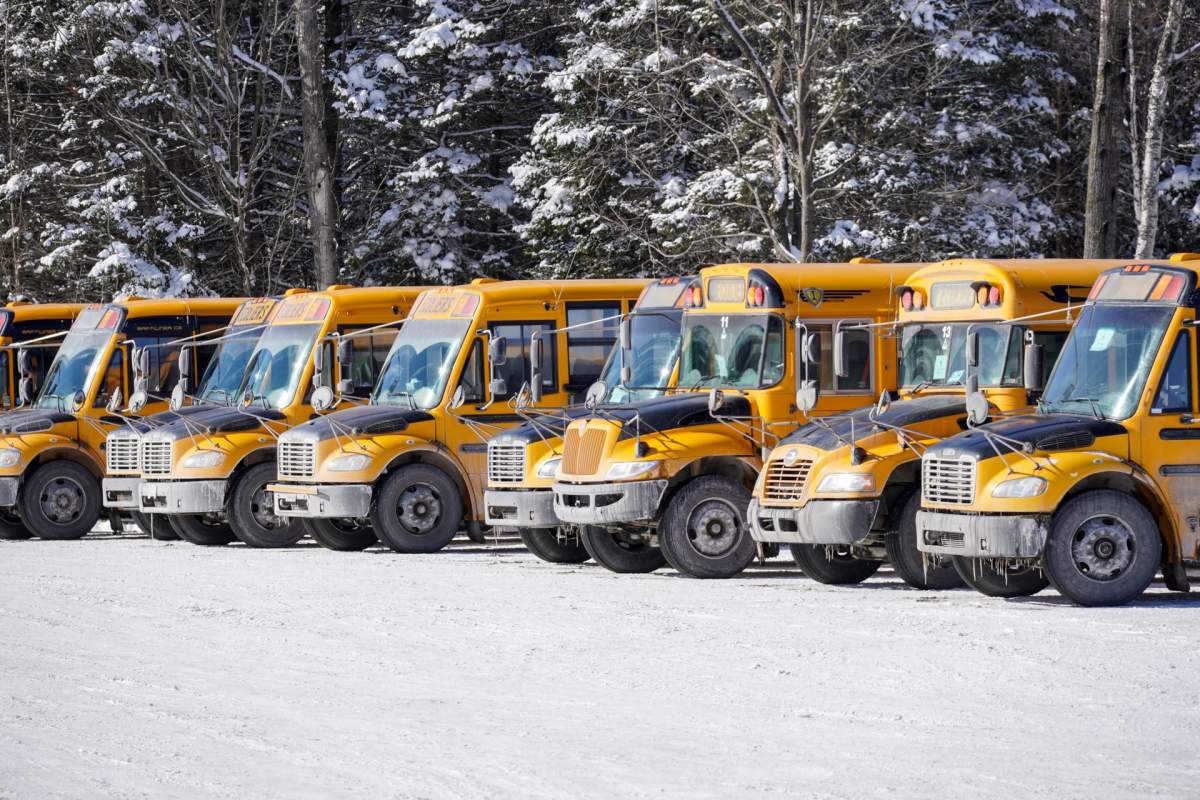
5. China’s education system is reputed to be one of the best in the world
Very simply, if you look at the recent international tests, you will immediately realize how incredible Chinese students are.
More specifically, Shanghai was ranked number one in the world in all three categories: science, reading, and math. There are controversies about these results but China definitely has unbelievable results.
6. Colombian students can also earn higher education degrees outside of university
In Colombia, students can also graduate outside of the university. In case they want to have a degree that is less related to academic topics, there are also technical institutions, offering “técnico” (technician) and “tecnólogo” (technologist) degrees. Other university-level institutions can also provide these technical degrees.
Read more: Facts about schools in Colombia
7. Aging buildings are a real issue in Cuba
A reason why there are “too many” academicians in the country of Cuba (according to the government) is because buildings are aging and slowly crumbling. Cuba absolutely needs skilled workers to restore and sometimes entirely reconstruct restaurants and even nightclubs.
8. Danish people take part in the educational system for their whole life
Everyone in Denmark is actively involved in the educational system. In fact, it is a tradition for them to participate, one way or another, in education for their whole life. They believe that having a highly qualified and well-educated workforce is key for the future of the country.
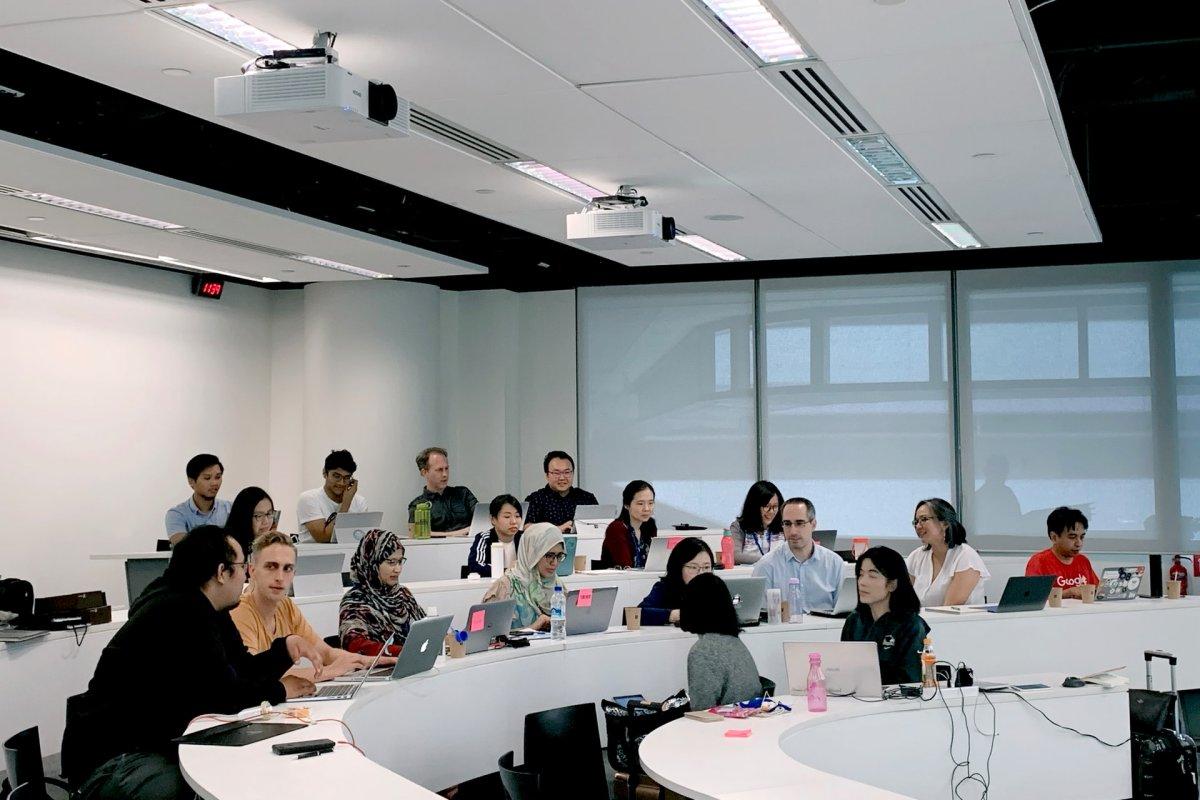
9. Egypt is becoming a more and more important international education hub
This will come as a surprise to many people, considering how difficult the situation has been in Egypt for the past few years, but the country is a coveted international education hub.
The number of students in the country has doubled over the past 15 years!
10. The 1980s were tragic years for the country of El Salvador and for its education
During the 80s, El Salvador was involved in a conflict. This included protests, but also gang violence and kidnapping.
The education system suffered a lot because of this, as many schools were destroyed. Nowadays, though it is still better, many issues need to be improved.
11. There are two educational systems in Ethiopia
Religious education in Ethiopia is very traditional, and it is rooted in both Christianity and Islam. At the primary level, Christian education is conducted by the clergy near places of worship.
There is also a modern education system though.
12. It is hard to become a teacher in Finland: only the top 10 percent of graduates can
Working as a teacher is not easy in Finland. In many other countries, it could be, but being a lawyer or a doctor is harder than being a teacher in Finland!
More precisely, only the top 10 percent of graduates who are qualified to be teachers can actually become one.
Read more: Facts about schools in Finland
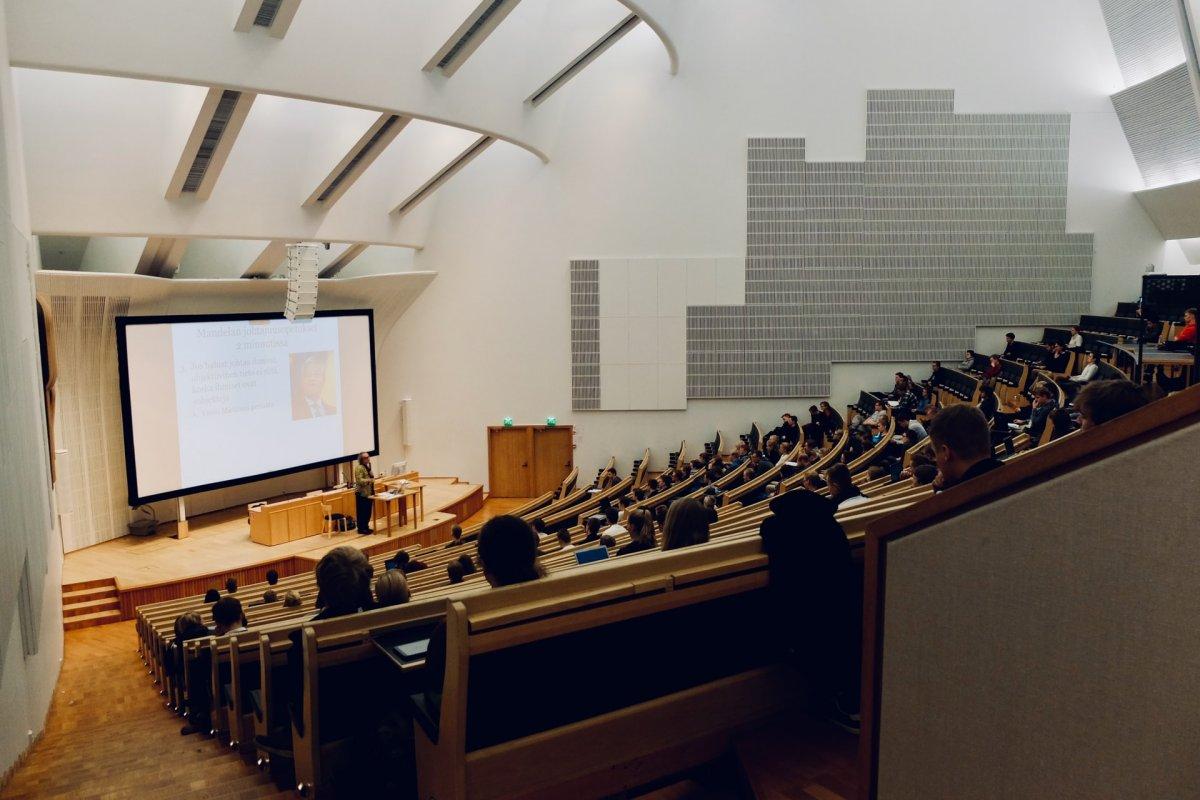
13. Most of the institutions of preschool education in Germany are private
The vast majority of institutions providing early childhood services, like day-care centers, kindergarten, and child-minding centers are privately-run in Germany.
Some services are still offered to non-public organizations, like parent’s associations and churches. Also, Germans are very careful to not leave any uneducated area in the country, so if there is a lack of private day-care centers, local authorities will offer preschool education services.
14. Many Haitian children are not in the appropriate grade
Because of how poor some families are in Haiti, they cannot always send their children to school every year. Thus, many of them lost years of schooling and are too old for their grade when they come back.
For example, the average for students in grade six was 16 years old, when it should have been 11 to 12.
15. Because there are so many poor Indian people, many children drop out of school
More than a fifth of India’s population lives under the official poverty line.
And while that does not seem related at all, it is a huge reason for children to drop out of school. With a very poor family, they are primarily concerned with helping them survive.
16. Because of the constant conflict, education is left apart in Iraq
Ever since the United States invaded the country of Iraq in 2003, there has been constant conflict.
But it was not over: after this war, a civil war burst between Sunnis and Shias, which also interfered with education, of course.
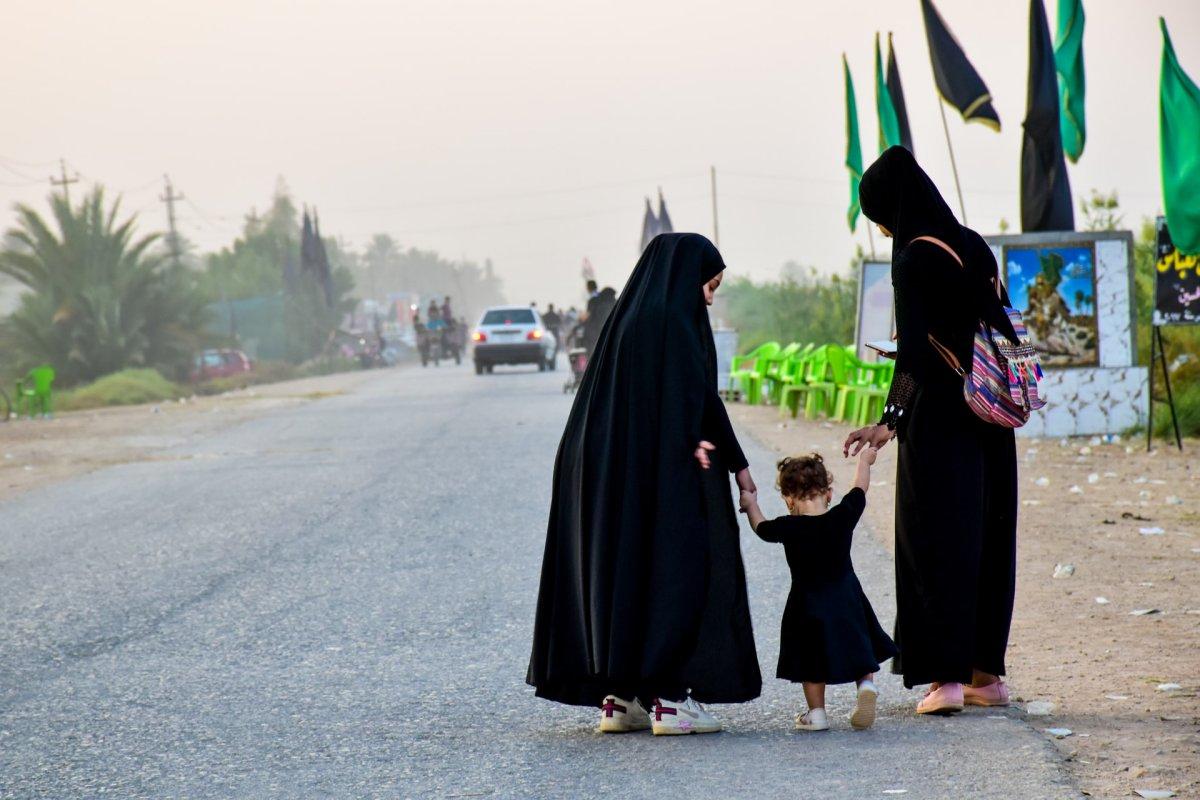
17. Irish national schools date back to 1831
In Ireland, state primary education was introduced in 1831. Since then, national schools are under the control of a board of management under diocesan patronage. There is often a clergyman on top of that.
Recently, more and more Irish people are asking schools to be fully secularized.
Read more: Facts about Irish schools
18. Religion is a very big deal in Israel, and the conflict impacts education
If you think about Israel, the first thing that comes to mind is usually religion… and conflict.
The country has been torn for many years now, because of the never-ending conflict with Palestine. Because of this, education in Israel took a severe hit.
19. No one is late in Italian schools
Students show up on time for their classes in Italy. But that is not what I am talking about here.
When it comes to homework, if anyone submits it later than the day it is due, they will automatically get a 4, which is similar to 0 (in any case, anything below 6 is a fail).
20. Primary education in Kenya is definitely not of sufficient quality
There are many problems when it comes to education in Kenya, but this is one of the most important ones: without decent basic education, children are doomed to leave school or be illiterate.
In fact, among men aged 15 to 29 who left school after 6 years, 6 percent are illiterate.
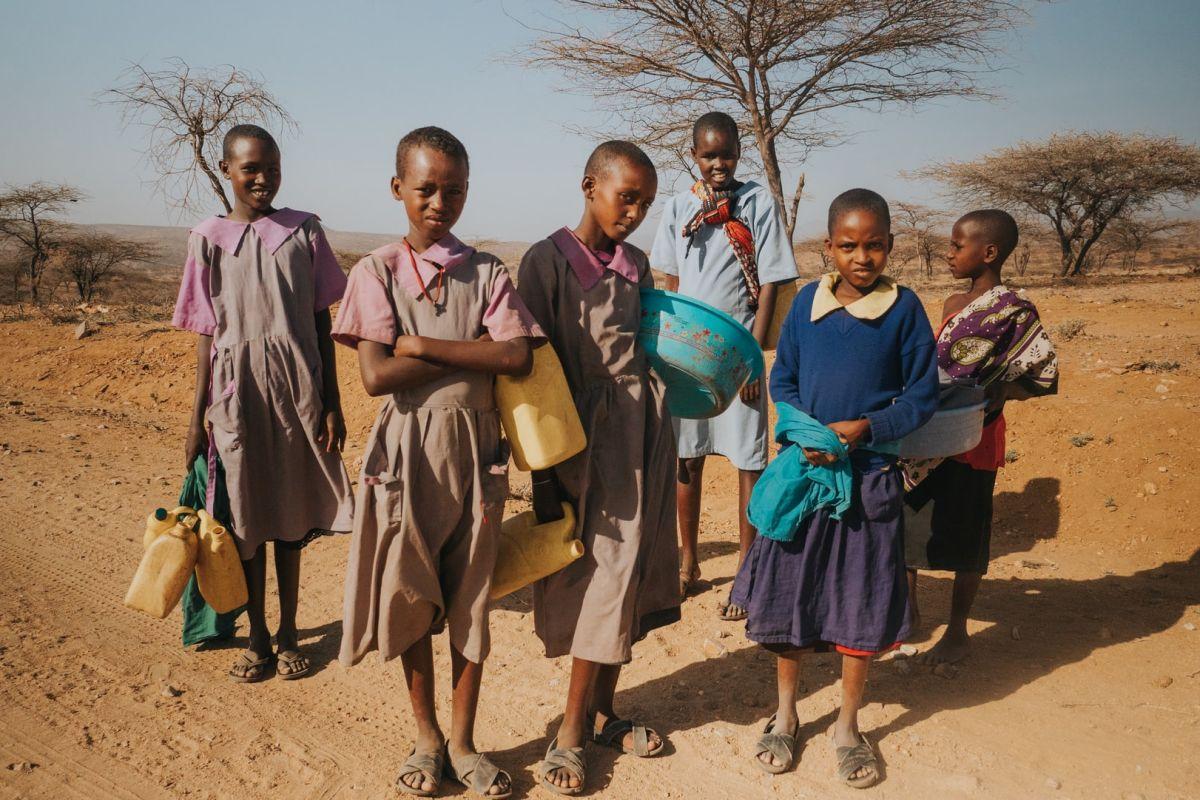
21. Child labor is a problem in Liberia
While this fact is not about education itself, child labor is a huge issue in Liberia and it obviously prevents these children from attending school.
In fact, 16.6 percent of Liberian children are employed in various physically-demanding fields!
22. Malawi schools are almost always overcrowded
The Malawian government is committed to making sure children get to go to primary school, and even though it is getting better and better, a major problem remains: there are huge teacher shortages.
In fact, class sizes average out at 100 students in some places!
23. The Mexican education system faces governmental corruption
Another big, really hard-to-solve issue in Mexico is the fact that the government is corrupted.
This is much more difficult to take care of for international organizations, as money does not always go where it should. The situation has become better and better in the past few years though.
Read more: Facts about schools in Mexico
24. There are 3 types of secondary education institutes in the Netherlands
Primary education in the Netherlands lasts 8 years, for children aged 5 to 12.
After that comes secondary education. And depending on their results as well as the advice from the school, they need to choose between one of the following paths: “voorbereidend middelbaar beroepsonderwijs”, “hoger algemeen voortgezet onderwijs” or “voorbereidend wetenschappelijk onderwijs”.
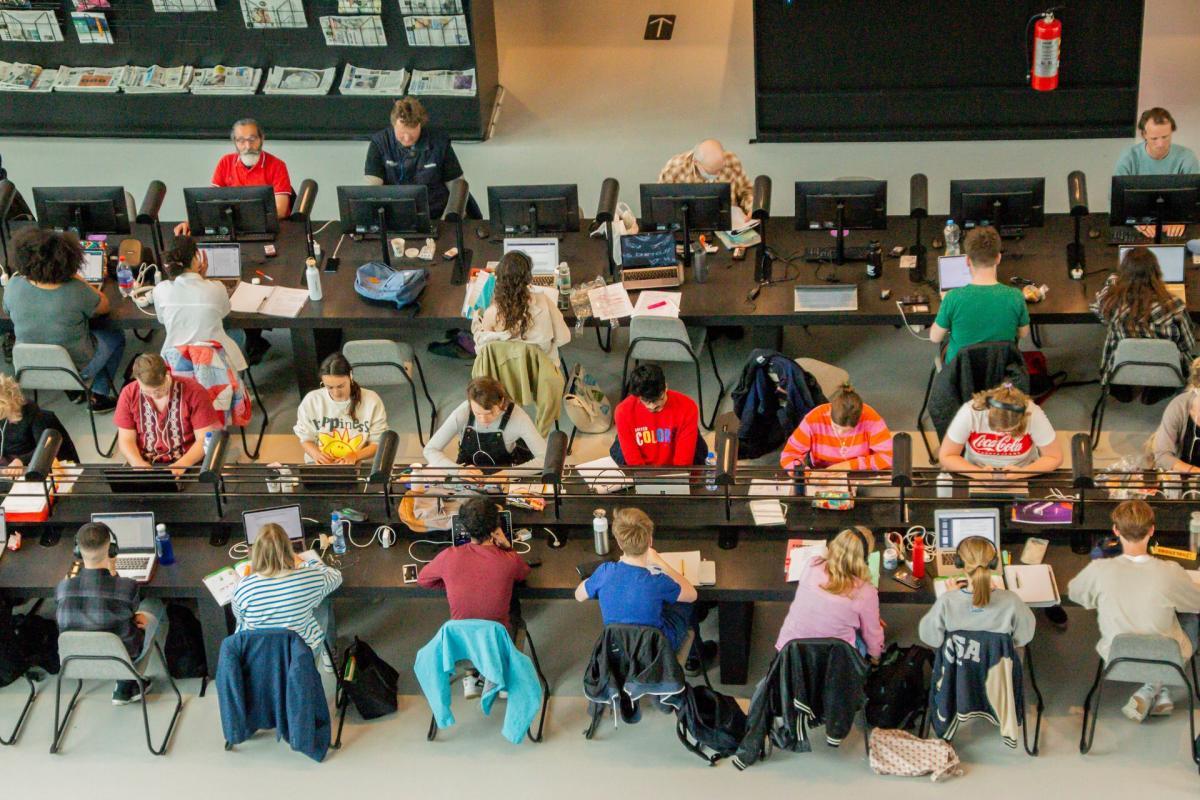
25. Until 2005, most private schools were illegal in Norway
Almost every student in Norway goes to public school… because Norwegian law made private schools illegal until 2005!
The only ones that could possibly exist were religious institutes or pedagogic alternatives. However, standard private schools have started to appear since the law was abolished.
26. Many poor Pakistani families cannot afford to send their children to school
It is true that most state-funded schools are free in Pakistan, but most poor families just cannot afford to send their children there.
Why? Because parents still have to pay for transport, clothing, and school materials. For rural families, this is just impossible.
27. Many Filipino children drop out of school early
Only 67 percent of Filipino children finish grade 6.
Also, 8 percent of these drop-outs happen between grades 1 and 2, which means these people will most likely never be literate. The rest mostly drops out between grades 4 and 6, which creates a large group of out-of-school youth.
Read more: Facts about schools in the Philippines
28. The Polish education system allows for 22 years of continuous schooling!
If Polish students stay in school from the earliest to the latest possible level, they will attend school for… 22 years.
Upper education, from many different paths (academic or technical), leads to a Bachelor’s, a Master’s and/or a PhD degree.
29. The study of Islam is at the core of Saudi education
While many things have changed over time in the Saudi education system, the study of Islam definitely isn’t one of them.
This remains at its core to this day, but it is of course not the only course: schools provide quality instruction in many fields of arts and sciences.
Read more: Facts about schools in Saudi Arabia
30. The majority of students in Singapore are very anxious before every single exam
Maybe you feel like the few stressed Singaporean students are just unlucky, but in fact, the education system as a whole is quite strict and severe.
The vast majority of students (76 percent) have stated they were “very anxious” before taking an exam.

And that is it for the 30 amazing facts about education…. Wait, did I say 30? Oh yes, because there are 12 more of them, coming right up:
Fun Facts About School
There are so many fun facts about school around the world that I just could not stop after only the best facts.
Here, have 12 more school fun facts:
31. The Canadian government pranked all students in the country in 2015
April Fool’s Day is a very unique day, and even some very serious institutions like the media and some governments participate in this worldwide event.
In Canada, the government pranked all students in the country by saying they were introducing a year-round school by 2017 at the latest!
32. Lunch breaks are almost as long as holidays in French schools!
Not literally, of course. But lunch breaks are probably the longest in France, and that is why their school days are so long. If you ask me, I would rather have a shorter lunch break and go back home earlier, but that’s just how it is.
Not many children bring their lunch, they either eat at the very decent cafeterias or go back home. Whether you live close to school or not, 2 hours is plenty enough time to go home!
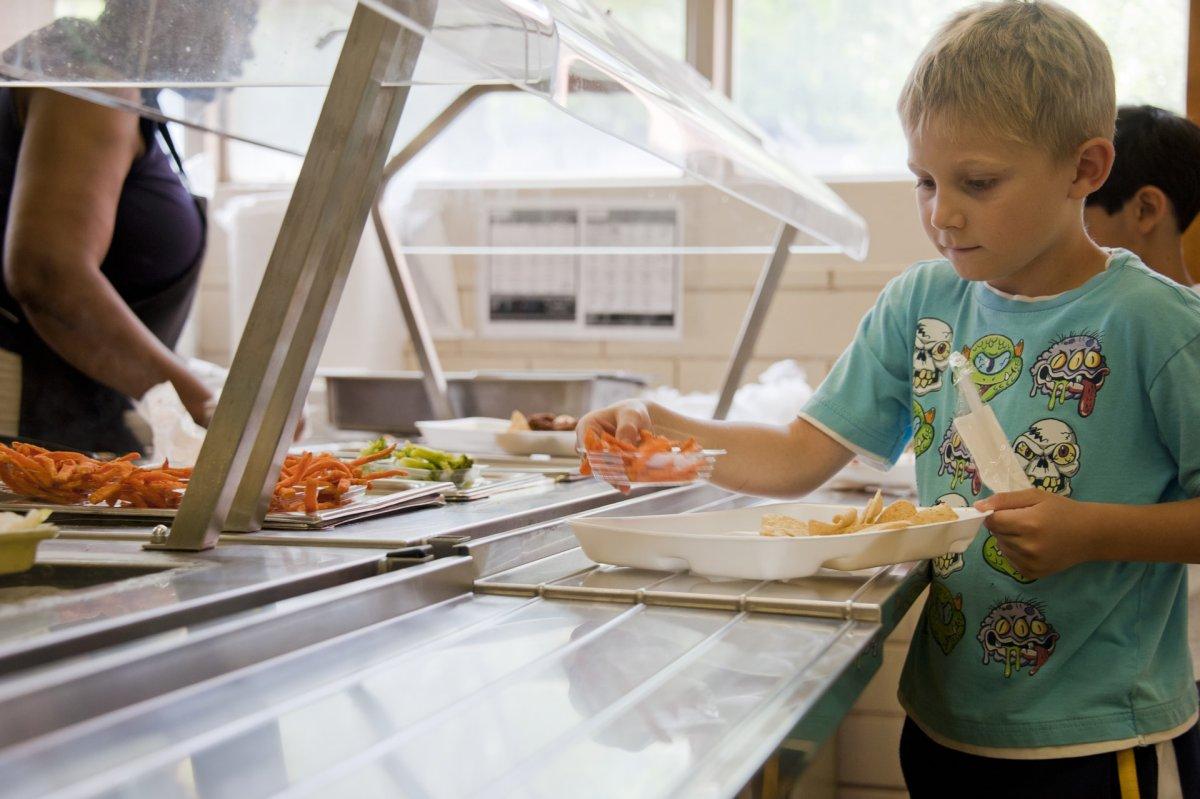
33. Chinese students are not allowed to use calculators in school
Have you ever wondered why there are so many genius Chinese kids when it comes to math?
This has in fact nothing to do with a special gift, they simply never use a calculator and have to think about everything themselves, quickly becoming math geniuses.
34. Students are paid to go to school in Finland
This is probably the most known fact about education in Finland. And it is true!
The government pays the students in the country to go to university. The monthly allowance is around 500 euros, or $590; compared to the American system where college costs tens of thousands of dollars per year, this is simply great.
35. Grades go from 1 to 6 in Germany… but 1 is the best
German grades are weird if you are not used to them. They range from 1 to 6, but 1 is very good and 6 is very poor.
These grades only matter starting from grade 2, because children are automatically transferred from grade 1 to grade 2, no matter their skills.
36. The largest school in the world is located in India
The world’s largest school is “City Montessori School”. It is located in Lucknow, India, and it is a co-education private school.
When it comes to this school, more than 55,000 students and 4,500 staff work on 18 different campuses. It was even awarded the 2002 UNESCO Prize for Peace Education.
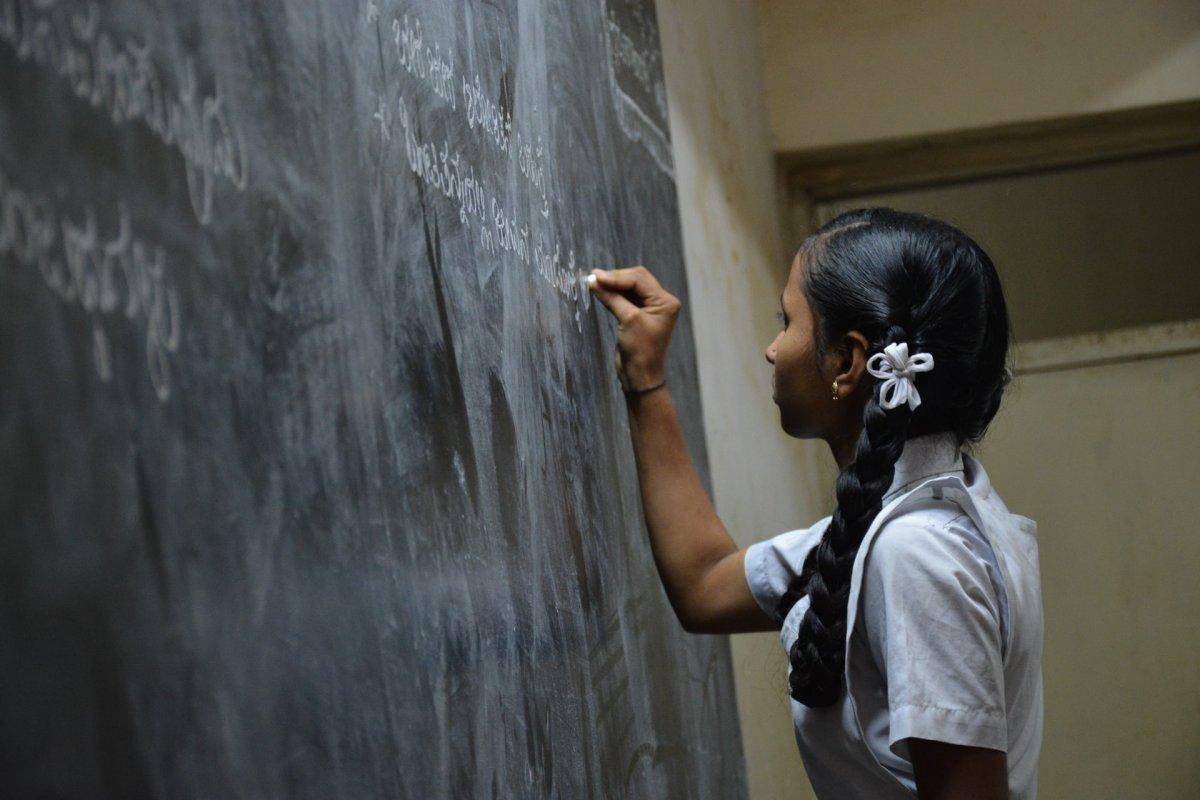
37. English is the main language of Irish schools, but Irish-language schools are on the rise
“Gaelscoileanna”, which are Irish-language schools, have become more and more popular in the country, even though English is almost always used.
There, at all levels, Irish is the primary language of education, while English is taught as a foreign or second language.
38. It is quite common to see weapon training in Israeli schools!
This sounds unbelievable, and yet it is true. Most pupils in Israeli schools are taught how to use firearms.
The government insists on this because right after school, there is military training right after school. Quite scary, isn’t it?
Read more: Facts about schools in Israel
39. Teachers in Italy are not friendly at all, at least not in class
Don’t get me wrong, teachers in Italy are regular human beings!
However, the relationship between teachers and students is very, very formal and distant. You will never see a student asking for extra help during lunch or chatting about what happened on their weekend with the teacher.
40. More than 60 languages are spoken in Mexico which makes it hard to educate everyone
Mexico is a very, very diverse country when it comes to ethnic groups and languages. In fact, there are more than 60 languages spoken all around the country, which is a problem for education.
Many various ethnic groups live in the South, a region neglected by the government: enrollment rates there are drastically low.
41. Dutch students do not have much homework to do
In the Netherlands, students can enjoy their free time: there is not that much homework.
They follow what research has shown: play and exercise are vital to children’s school performance. Because of this, Dutch children aged under 10 will receive little to no homework every day, so they can have time for daily exercise.
Read more: Facts about Dutch schools
42. Norwegian employees can leave their job for up to 3 years to attend additional courses
Lifelong learning is taken very seriously in Norway, even by employers.
Because of this, all Norwegian employees are entitled to partial or full leave for a maximum of 3 years, in order to attend specific courses of education. Most of these courses take place in vocational schools.

So there you have them, these were all my 42 education interesting facts. I hope you enjoyed them and that you learned something new today.
In case you want to learn more general info, feel free to keep reading, as I still have lots of things to tell you about:
General Facts For School Worldwide
This last part is dedicated to general facts about schooling worldwide. More specifically, we’ll check 2 key figures that will give you a better understanding of the education level in the world by comparing regions together.
Average enrollment rate in tertiary education for regions: Sub-Saharan Africa: 8.6% | South Asia: 20.8% | Arab States: 36.4% | East Asia: 36.5% | Latin America: 43.3% | Europe and Central Asia: 62% | North America: 84%
Data from World Bank EdStats/UNESCO
Average literacy rate for regions: Sub-Saharan Africa: 65.3% | South Asia: 72.9% | Arab States: 79.4% | Latin America: 93.7% | East Asia: 95.8% | Europe and Central Asia: 98.5%
Data from World Bank EdStats/UNESCO
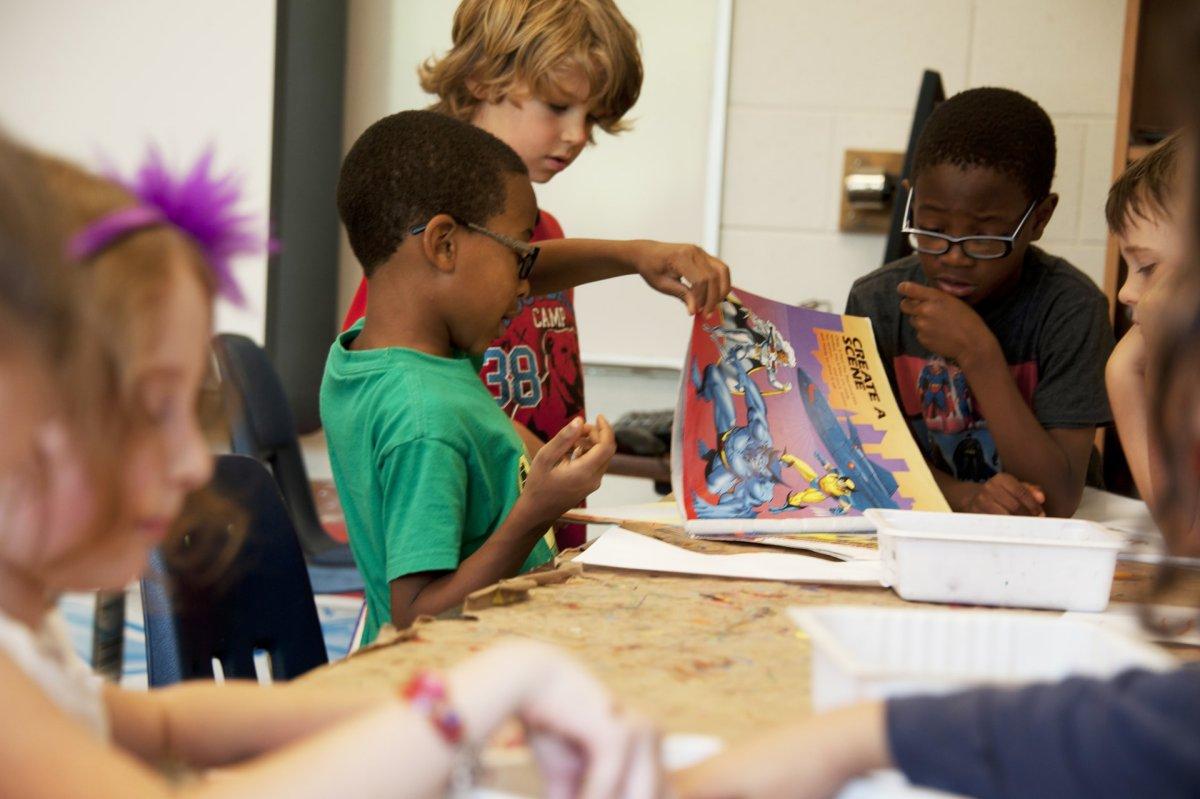
More Education Facts!
Loved these education fun facts? Want to discover more school facts by country?
Then check out these posts listed from A-Z:
- Education in Afghanistan 🇦🇫
- Education in Brazil 🇧🇷
- Education in Cambodia 🇰🇭
- Education in Canada 🇨🇦
- Education in China 🇨🇳
- Education in Colombia 🇨🇴
- Education in Cuba 🇨🇺
- Education in Denmark 🇩🇰
- Education in Egypt 🇪🇬
- Education in El Salvador 🇸🇻
- Education in Ethiopia 🇪🇹
- Education in Finland 🇫🇮
- Education in France 🇫🇷
- Education in Germany 🇩🇪
- Education in Haiti 🇭🇹
- Education in India 🇮🇳
- Education in Iraq 🇮🇶
- Education in Ireland 🇮🇪
- Education in Israel 🇮🇱
- Education in Italy 🇮🇹
- Education in Japan 🇯🇵
- Education in Kenya 🇰🇪
- Education in Liberia 🇱🇷
- Education in Malawi 🇲🇼
- Education in Mexico 🇲🇽
- Education in the Netherlands 🇳🇱
- Education in North Korea 🇰🇵
- Education in Norway 🇳🇴
- Education in Pakistan 🇵🇰
- Education in the Philippines 🇵🇭
- Education in Poland 🇵🇱
- Education in Saudi Arabia 🇸🇦
- Education in Singapore 🇸🇬
- Education in Somalia 🇸🇴
- Education in South Korea 🇰🇷
- Education in Spain 🇪🇸
- Education in Sweden 🇸🇪
- Education in Tanzania 🇹🇿
- Education in Thailand 🇹🇭
- Education in Uganda 🇺🇬
- Education in Vietnam 🇻🇳
- Education in Zambia 🇿🇲
- Education in Zimbabwe 🇿🇼
Or click here to see ALL the education facts up on the blog!
The Full List of 42 School Facts
- In some places in Afghanistan, children just cannot go to school
- People who did not finish secondary education in Brazil are severely underpaid
- The Khmer Rouge years were terrible for Cambodian education
- International students can become permanent residents through their studies in Canada
- China’s education system is reputed to be one of the best in the world
- Colombian students can also earn higher education degrees outside of university
- Aging buildings are a real issue in Cuba
- Danish people take part in the educational system for their whole life
- Egypt is becoming a more and more important international education hub
- The 1980s were tragic years for the country of El Salvador and for its education
- There are two educational systems in Ethiopia
- It is hard to become a teacher in Finland: only the top 10 percent of graduates can
- Most of the institutions of preschool education in Germany are private
- Many Haitian children are not in the appropriate grade
- Because there are so many poor Indian people, many children drop out of school
- Because of the constant conflict, education is left apart in Iraq
- Irish national schools date back to 1831
- Religion is a very big deal in Israel, and the conflict impacts education
- No one is late in Italian schools
- Primary education in Kenya is definitely not of sufficient quality
- Child labor is a problem in Liberia
- Malawi schools are almost always overcrowded
- The Mexican education system faces governmental corruption
- There are 3 types of secondary education institutes in the Netherlands
- Until 2005, most private schools were illegal in Norway
- Many poor Pakistani families cannot afford to send their children to school
- Many Filipino children drop out of school early
- The Polish education system allows for 22 years of continuous schooling!
- The study of Islam is at the core of Saudi education
- The majority of students in Singapore are very anxious before every single exam
- The Canadian government pranked all students in the country in 2015
- Lunch breaks are almost as long as holidays in French schools!
- Chinese students are not allowed to use calculators in school
- Students are paid to go to school in Finland
- Grades go from 1 to 6 in Germany… but 1 is the best
- The largest school in the world is located in India
- English is the main language of Irish schools, but Irish-language schools are on the rise
- It is quite common to see weapon training in Israeli schools!
- Teachers in Italy are not friendly at all, at least not in class
- More than 60 languages are spoken in Mexico which makes it hard to educate everyone
- Dutch students do not have much homework to do
- Norwegian employees can leave their job for up to 3 years to attend additional courses
Share the knowledge! Click on the buttons below to share these fun facts about education with your friends, and help them learn more about the world 🙂


![25 Interesting Facts About Spanish Schools [100% true]](https://www.kevmrc.com/wp-content/uploads/2022/03/25-interesting-facts-about-spanish-schools.jpg)
